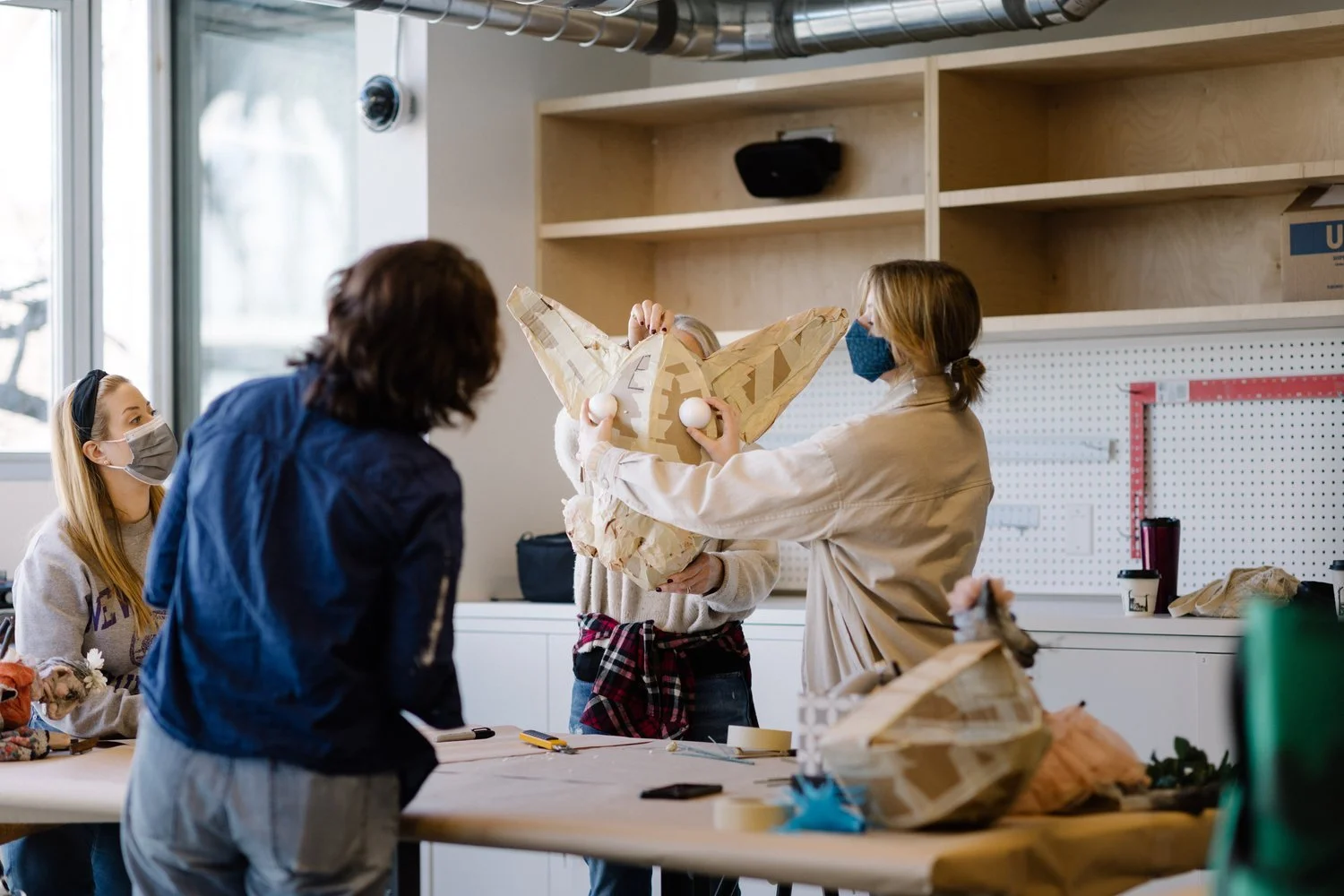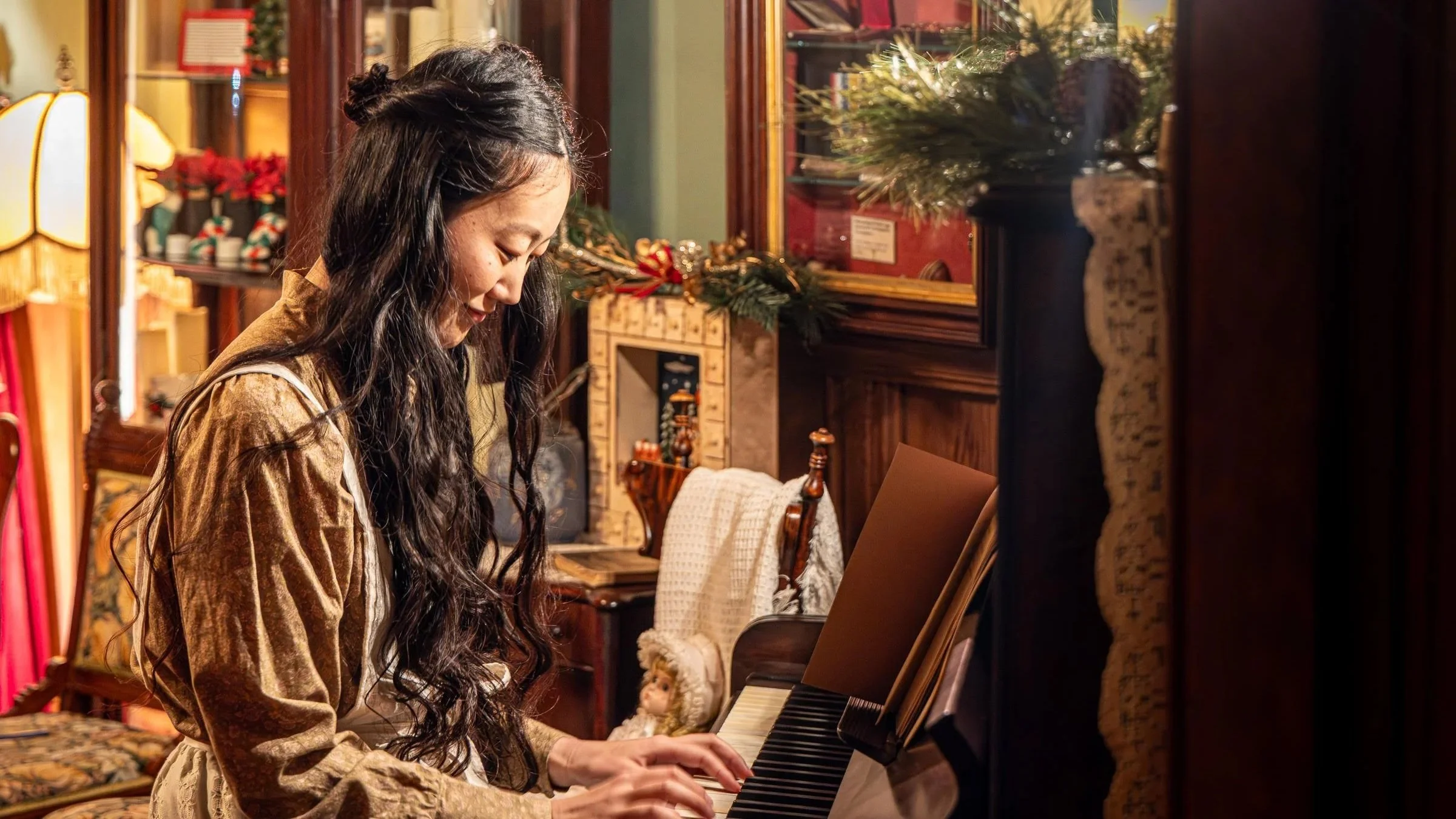Veteran Vancouver theatre artist Alan Brodie opens the backstage world, steering Arts Umbrella's new stagecraft program
Spring break offerings for teens demystify lighting and set painting
Alan Brodie
ONE OF THE CITY’S most acclaimed lighting and theatre designers is spearheading a new program to train young theatre artists in stagecraft.
Alan Brodie has more than three decades under his belt, not just creating the worlds for local hit shows at companies like Bard on the Beach, the Arts Club, and Vancouver Opera, but in Europe and the U.S.
Mostly retired from lighting design, Brodie is pouring his expertise into developing a program for teens and even children as young as six at Arts Umbrella—with half-day classes over spring break. They include prop designing and building, as well as scenic painting for kids 13 to 19. On the April 24 Pro-D Day, Brodie teaches a Stage Lighting workshop covering fundamentals like optics and photometrics, lighting instruments, colour theory, and lighting control systems
Part of the work is just helping parents and kids alike to understand what, exactly, stagecraft is—and all that it encompasses.
“We’re talking about theatrical storytelling from the backstage perspective,” Brodie explains to Stir. “But then expanding on that, we're talking about different takes on the theatrical space, and the use of sets and props and costumes and lights, and so on.”
Brodie, who got his own education in the field at UBC, with an MFA in directing from the University of Victoria, says stagecraft too often gets overlooked. That’s something he’s become all too aware of from his years in the industry, and as an educator everywhere from Studio 58 to UBC and the National Theatre School.
“The lay person takes for granted what they see onstage when they go to the theatre,” he says. “They don't know that there's a lighting designer who has chosen where to put every light in the theatre, and then has worked meticulously to decide what lights to turn on, at what intensity, and when. And it’s partly because, when it's done well, it's invisible. That's something as a practitioner that I was really proud of—while I could do flashy lighting, I could also just sit in the weeds and not be flashy. That's the inherent challenge with these disciplines: that the work can be invisible, so part of our job has to be about raising people’s awareness about what stagecraft is. We have this conversation all the time here at Arts Umbrella.”
Arts Umbrella’s Stagecraft program. Photo by Albert Law
Arts Umbrella’s Stagecraft programs became the first of their kind when they kicked off last year. Outside special spring and summer sessions, the classes are offered through yearlong and sessional formats to students ages 6 to 12. Students have access to the new Arts Umbrella Granville Island site’s John Van Burek Scene & Design Shop and Jack and Darlene Poole Theatre. (You can find registration and more information here and watch an introduction to Stagecraft video here.)
Brodie hopes not just to develop the teens already working on scenic and backstage elements of their high-school theatre productions, but those interested in related disciplines like sculpture or painting who might want to try their hand at creating a theatrical environment.
He points out that postpandemic times have seen slowly increasing demand in the industry: “There's been an exodus of technical workers in theatre and film, so now there's this vacuum as production is returning to pre-COVID levels.”
Brodie sees potential to grow the program to be more and more hands-on. Right now, Arts Umbrella often hires professional stage and lighting designers to put on its performing-arts-program seasonal shows in areas like dance and musical theatre; Brodie hopes to integrate students into that backstage process—and possibly find a way to hire them back when outside groups rent the theatre space.
Brodie welcomes those inspired by theatre who don’t necessarily want to take the spotlight—but might be interested in operating one. “Tons of kids are drawn to the theatre who aren't that comfortable being on stage in front of people—that was me,” he says. “Being backstage: it’s an amazing place. And you can see them making the connection that ‘This is the place for me.’”














